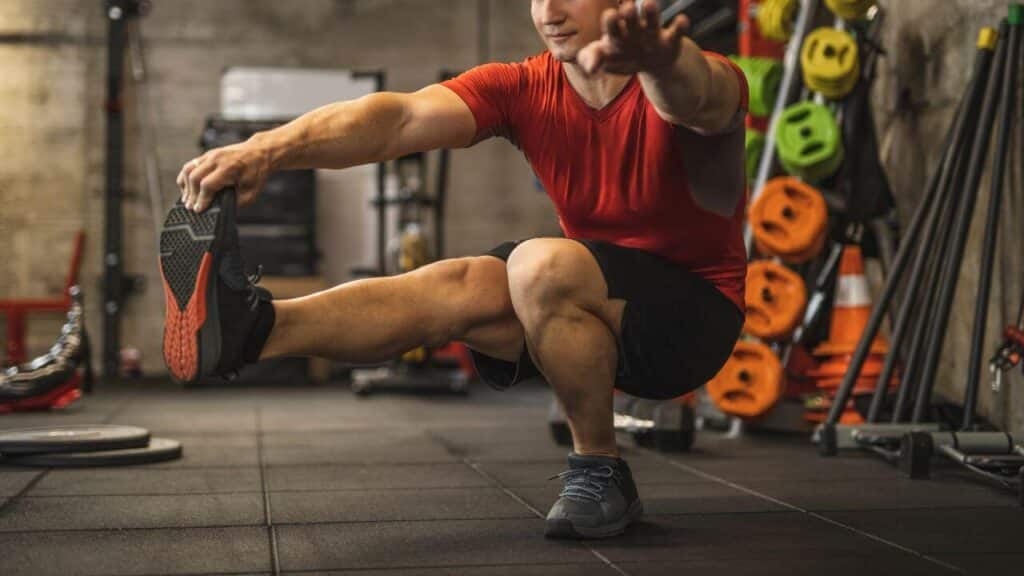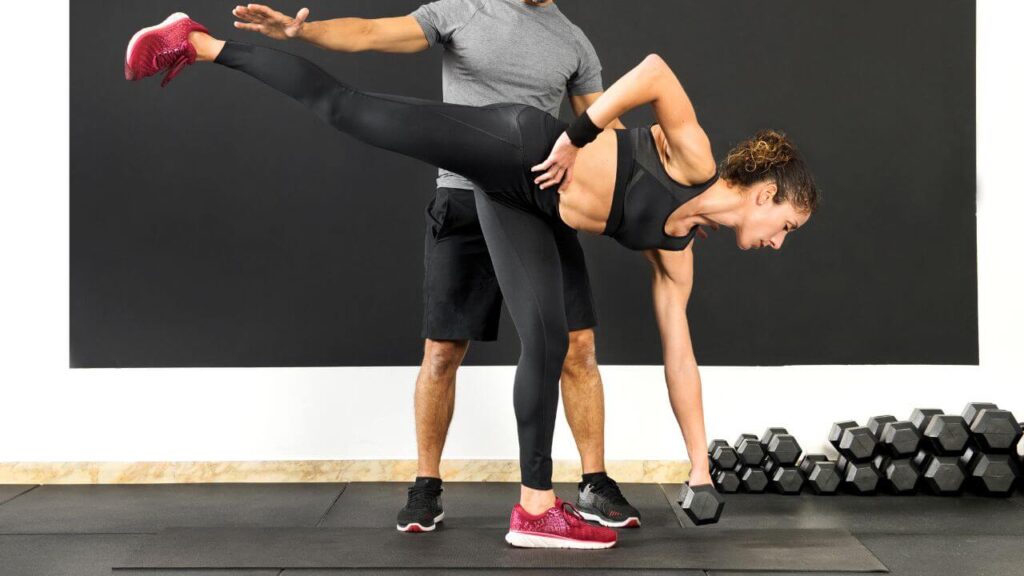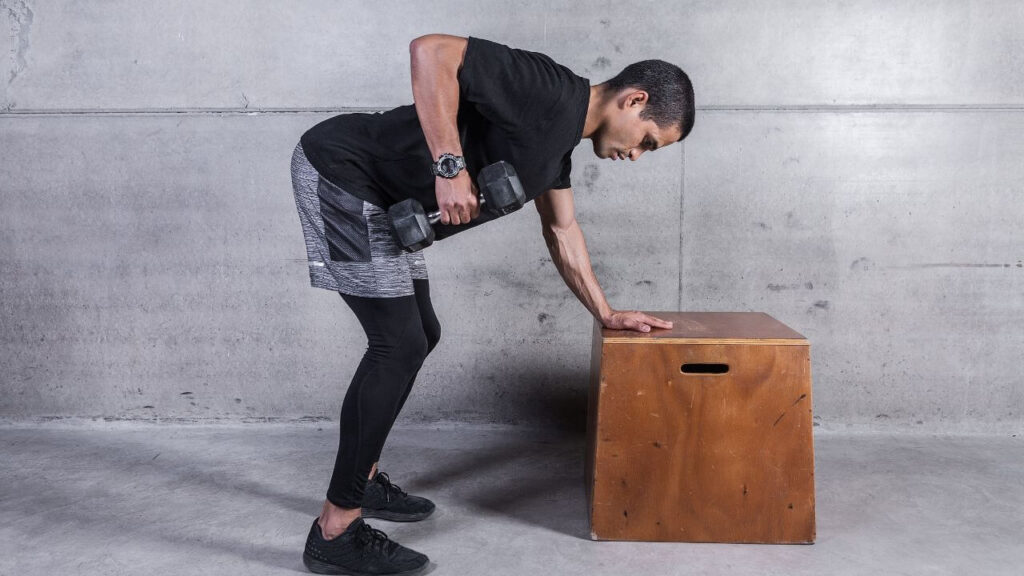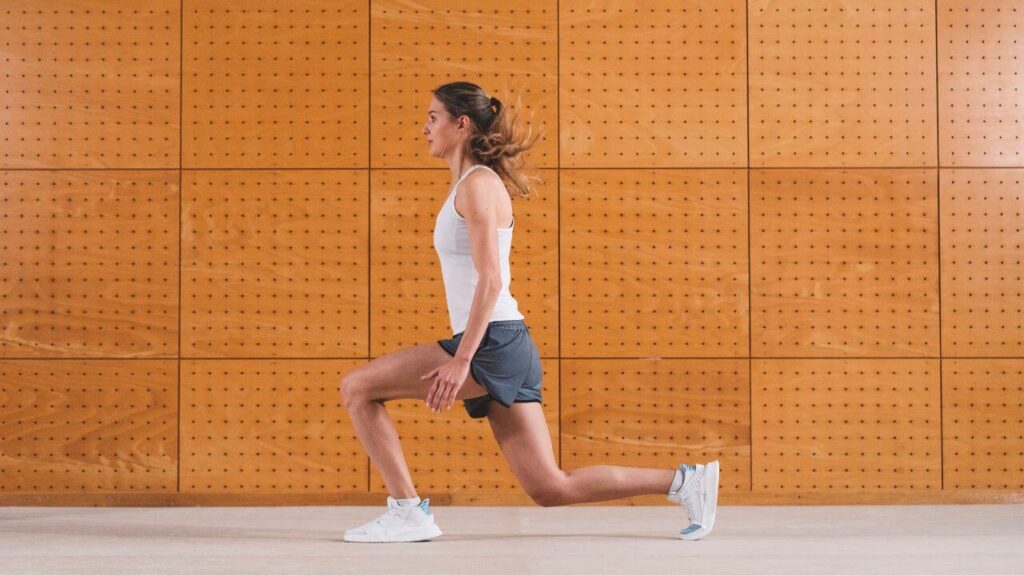Although functional training can be an efficient fat-burning method, it is not the sole component that influences fat reduction.
Table of Contents
ToggleTo burn fat, you must produce a calorie deficit, which means you must burn more calories than you consume. This may be accomplished by a mix of nutrition and exercise, with functional training being part of the latter.
To establish a calorie deficit and enhance functional training’s fat-burning potential, use a range of activities and vary the intensity and length of your workouts.
Don’t stop now – there’s plenty more to learn about this topic. Keep reading to expand your knowledge and understanding.
Start Building Your Dream Body Today
Ready to elevate your fitness game without falling into the trap of dull, repetitive routines that just don’t deliver? Imagine sculpting your ideal physique and boosting your health, all while still enjoying life’s pleasures, like those irresistible weekend getaways and your aunt’s legendary cheesecake. With our online fitness and nutrition coaching service, you don’t have to compromise. Dive into a personalized fitness journey that blends perfectly with your lifestyle, not against it. Book your completely free discovery consultation today, and take the first step towards a transformation that doesn’t require giving up the joys of life.

“I was skeptical about online fitness coaching, but Functional Body Savage completely changed my perspective. Vanja and Radomir’s personalized approach and attention to detail have helped me achieve goals I never thought possible. I’m stronger, more confident, and grateful for their guidance.”
Emily Thompson, San Francisco, CA
Learn More About Our Online Coaching ServiceQuick Summary
- Functional training is a kind of exercise that consists of motions that replicate daily tasks and targets numerous muscle groups.
- It can enhance everyday function and mobility, posture, injury risk, general physical fitness, and be a pleasurable method to exercise.
- To effectively burn fat with functional training, you must include both aerobic activity and strength training in your fitness routine.
- Keep in mind to begin carefully and gradually increasing the intensity and frequency of your exercises as you gain comfort and strength, and to speak with a healthcare physician or exercise specialist before beginning any new exercise plan.
Can I Lose Weight by Functional Training?
Yes, you can lose weight by functional training. It consists of exercises that are designed to simulate ordinary motions and can assist increase general fitness, strength, and flexibility.
These types of workouts are more dynamic and involve numerous muscle groups, which can help you burn more calories during a workout.
It is crucial to remember that the effectiveness of functional training in assisting you to lose weight will vary depending on several factors, including your age, weight, fitness level, and nutrition.
A well-balanced diet rich in protein, fiber, and other nutrients can help promote muscle growth and recovery, boosting the effectiveness of your functional training routine in weight reduction[1].
7 Functional Training Exercises for Weight Loss
Here are some functional training exercises for losing fat, building a more balanced body, and increasing your overall strength.
1. Dead Bug

The dead bug is a core exercise that combines hip and shoulder flexion with extension. You will learn how to engage your abdominal muscles and stabilize your core by performing this exercise.
The pelvic floor, transverse abdominal, rectus abdominis, and internal and external obliques are among the muscles that are triggered by performing this drill.
How to Perform Dead Bug
To perform dead bug exercise:
- Lie on your back with your arms extended towards the ceiling and your knees bent at a 90-degree angle.
- Slowly lower one arm and the opposite leg towards the floor, keeping your lower back pressed into the ground.
- Return to the starting position and repeat on the opposite side.
2. Plank

This is a core stability exercise that entails sustaining a static, prone position with the body supported by the toes and forearms.
It is typically used to exercise core muscles such as the abdominals, obliques, and back muscles, it may also include components of spinal stability.
How to Perform Plank
- Begin in a prone posture on the ground, with your hands directly under your shoulders.
- Lift your body off the ground, relying on your toes and forearms for support. Maintain a straight and tight body, with your head in line with your spine.
- Hold this position for the required period of time, keeping your core muscles engaged and your body straight.
3. Single-Leg Squat

A single-leg squat is a lower-body exercise that is commonly used to strengthen lower-body muscles such as the quadriceps, hamstrings, and glutes.
The exercise’s movement pattern includes hip flexion and extension, knee flexion and extension, ankle dorsi- and plantarflexion, and it may also include components of balance and dynamic stability.
How to Perform Single-Leg Squat
- With your feet hip-width apart and your arms out in front of you for balance, stand on one leg.
- Sit back into a chair by slowly lowering your body down while squeezing your core muscles. As you drop, keep your leg straight and your weight on your heel.
- As low as you can comfortably go without losing balance is when you should lower your body till your thigh is parallel to the ground.
- To straighten your leg and get back to the beginning position, push through your heel.
- Before moving to the opposite leg, finish the appropriate number of reps on the first leg.
4. Single-Leg Romanian Deadlift(SLRDL)

The Single-Leg Romanian Deadlift is a lower-body exercise that employs a hip hinge movement pattern to eccentrically load the hamstrings.
It is typically used to train lower-body muscles such as the hamstrings, glutes, and lower back.
How to Perform Single-Leg Romanian Deadlift
- Stand on one leg with your feet hip-width apart, holding a weight in one hand at your side.
- Hinge at the hips and extend your free leg behind you as you lower the weight down toward the ground. Keep your core engaged and your chest lifted as you lower the weight.
- Lower the weight as far as you can comfortably go without losing balance or rounding your back.
- Squeeze your glutes and push through your heel to straighten your leg and return to the starting position.
- Complete the desired number of reps on one leg before switching to the other leg.
5. Push-up

Push-ups are a type of upper-body workout that includes pushing the body up and down while lying down. It is regularly used to strengthen the chest, triceps, and shoulders.
The drill’s horizontal push movement pattern combines elbow extension and shoulder flexion, categorizing it as an upper-body pressing activity.
How to Perform Push-up
- Spread your arms broader and below your shoulders. As a beginning, your elbow and body angle should be approximately 45 degrees.
- Slowly descend (eccentric phase) and strive to touch your chest to the ground.
- Lift yourself up by pushing through your hands.
6. Dumbbell Rows(Unilateral/Bilateral)

Dumbbell rows are an upper-body exercise and fall under the horizontal pull pattern.
It is repeatedly used to exercise the lats, traps, and rhomboids, among other back muscles.
How to Perform Dumbbell Rows
- Stand with your feet hip-width apart and bend at the waist, holding a dumbbell in each hand, letting them hang at arm’s length.
- Bend your elbows and squeeze your shoulder blades towards your spine as you lift the dumbbells toward your ribcage.
- Lower the dumbbells back down and repeat for the desired number of reps.
7. Walking Lunge

Walking lunges are a lower body exercise that falls under the category of lunge movement pattern.
When performing a walking lunge, you are training the muscles of the lower body, including the quadriceps, hamstrings, and glutes.
How to Perform Walking Lunges
- Stand with your feet hip-width apart and take a large step forward with one leg.
- Bend both knees and lower your body down until your back thigh is parallel to the ground.
- Push through your front heel to straighten both legs and lift your body back up to the starting position.
- Step forward with your other leg and repeat the movement, alternating legs with each rep.
Functional Training Benefits
There are many benefits of functional training, and below you can find some of them.
Better Posture
Poor posture can lead to a variety of issues such as back pain, neck pain, and poor breathing. By strengthening the muscles that support good posture, functional training can help you stand up straighter and reduce the risk of these issues. Imagine feeling confident and standing tall, no matter what life throws your way[2].
Full Range of Motion
Exercises for functional training generally include movements that call for a full range of motion, which can enhance flexibility and mobility. This can assist lower the risk of injury and make it simpler to carry out common movements like reaching, bending, and lifting.
Better Resilience – Less Chance to Get Injured
Functional training can assist improve stability and balance by strengthening the muscles that support your joints, making it less likely that you will sustain an accident. This is especially crucial as we become older since the risk of injury rises with age. Improved resilience can also help you recover faster from workouts[3].
“For the strength and conditioning professional, the number one goal of a strength and conditioning program should be injury prevention.” – Michael Boyle, Strength and Conditioning and Strength Training Consultant
FAQs
How Many Calories Do You Burn Doing Functional Training?
You can burn between 300 and 600 calories per hour doing functional training. The amount of calories you burn depends on different factors, such as your age, weight, and exercise intensity level.
How Often Should I Do Functional Training to Burn Fat?
To burn fat, you should do functional training at least three sessions each week. For even greater results, increase the frequency to 5-6 sessions each week. Starting softly and progressively increasing the intensity of your exercises as you grow more acquainted with the moves is also a smart option.
Is Functional Strength Training Better Than Cardio for Burning Fat?
Yes, functional strength training is better than cardio for burning fat. While cardiovascular exercise will most certainly burn more calories, weight training will keep that slow burn going all day, resulting in a bigger and more sustained calorie burn over the course of the day.
How to Efficiently Burn Fat With Functional Training?
You should anticipate experiencing a variety of advantages from implementing functional training into your fitness routine, including greater everyday function and mobility, improved posture, reduced chance of injury, improved total physical fitness, and enhanced pleasure of exercise.
To effectively burn fat with functional training, you must include both aerobic activity and strength training in your fitness regimen. This can help you burn calories, gain muscle, and increase your metabolism.
Remember to listen to your body and avoid pushing yourself too hard. It is preferable to begin cautiously and progressively increase the intensity and frequency of your workouts as you gain comfort and strength.
Start Building Your Dream Body Today
Ready to elevate your fitness game without falling into the trap of dull, repetitive routines that just don’t deliver? Imagine sculpting your ideal physique and boosting your health, all while still enjoying life’s pleasures, like those irresistible weekend getaways and your aunt’s legendary cheesecake. With our online fitness and nutrition coaching service, you don’t have to compromise. Dive into a personalized fitness journey that blends perfectly with your lifestyle, not against it. Book your completely free discovery consultation today, and take the first step towards a transformation that doesn’t require giving up the joys of life.

“I was skeptical about online fitness coaching, but Functional Body Savage completely changed my perspective. Vanja and Radomir’s personalized approach and attention to detail have helped me achieve goals I never thought possible. I’m stronger, more confident, and grateful for their guidance.”
Emily Thompson, San Francisco, CA
Learn More About Our Online Coaching ServiceReferences:
- https://pubmed.ncbi.nlm.nih.gov/18384284/
- https://examine.com/summaries/study/94KVD0/
- https://www.webmd.com/fitness-exercise/how-to-exercise-with-functional-training






